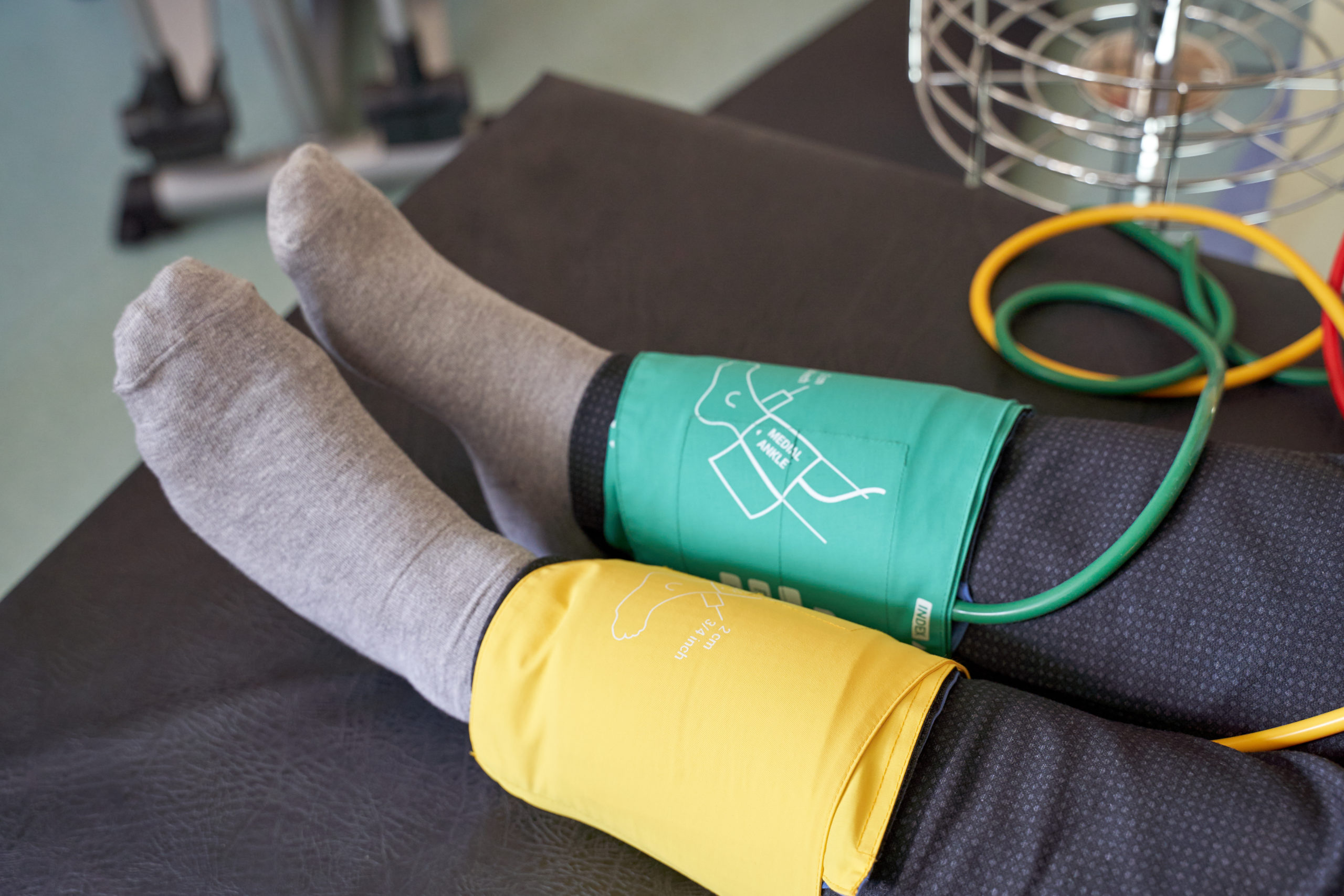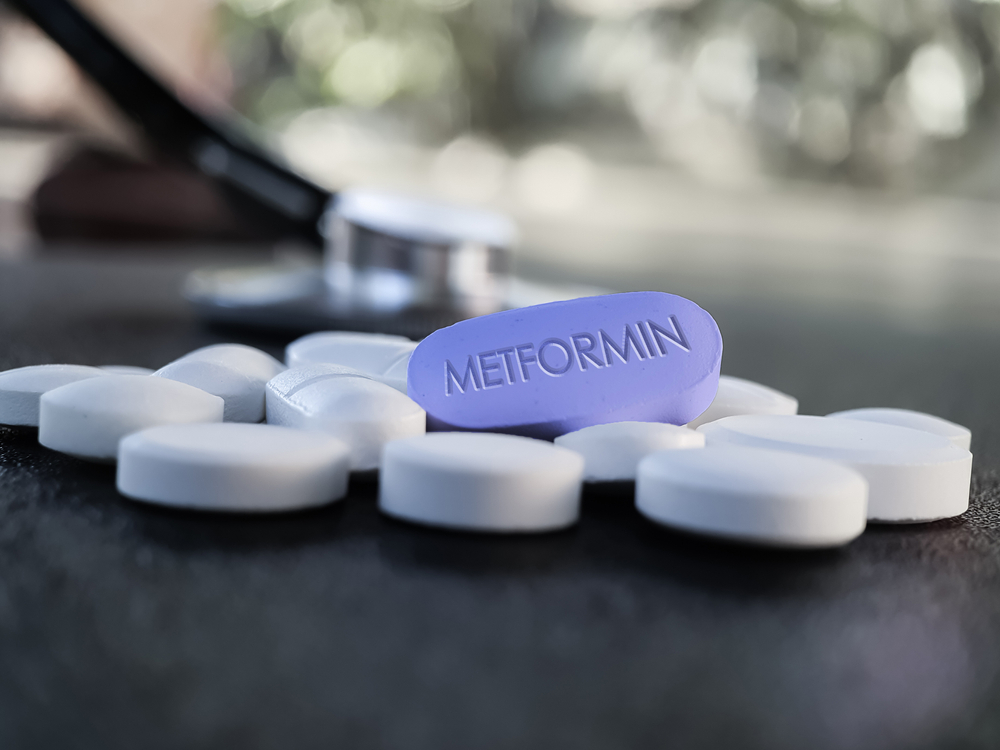Patients with chronic kidney disease (CKD) commonly experience gout, an inflammatory disease associated with higher comorbidity, mortality, and decreased quality of life. The risk for gout is increased in patients with impaired renal function; however, according to Leonard Stern, MD. and colleagues, there are few data available on the prevalence of effects of gout in patients with advanced CKD.
The researchers conducted a study to assess the health burden associated with gout in patients with CKD. Results of the study were reported during a poster session at the NKF SCM22 in a poster titled Clinical Features of Gout in Advanced Chronic Kidney Disease.
Data for the study were provided by nephrologists; patients with CKD stage 3-5 were included. Criteria for gout included gout listed as a comorbidity, use of urate-lowering therapy, or noted tophi/gout flare. Patients with uncontrolled gout had serum urate >6 mg/dL with tophi, two or more flares in the past year, or more than one swollen or tender joint. The study examined the prevalence of gout and compared patients with gout to those without gout.
A total of 111 physicians reported data on 746 patients. Mean age of patients was 56.2 years, 55.2% were male, mean body mass index was 31.4 kg/m2, mean CKD duration was 4.0 years, and mean estimated glomerular filtration rate was 32.2 mL/min/1.73 m2 at baseline. A total of 173 (23%) patients had gout; of those 23 (13%) had uncontrolled gout. Twenty-nine percent had no diagnosis of gout and 38% were not using urate-lowering therapy. The prevalence of gout was highest among patients with CKD stage 3b and 4 (both 28%).
Patients with gout sought medical care more than patients without gout (30% vs 7% in the prior year), and, at presentation, more often had urination changes (15% vs 7%) and shortness of breath (21% vs 14%; P≤.02 for all).
Patients with gout had higher comorbidity prevalence. The most common comorbidities were hypertension (82%), diabetes mellitus (47%), CKD-associated anemia (42%), CKD-mineral bone disorder (40%), ischemic heart disease (23%), and congestive heart failure (21%). Patients with uncontrolled gout had higher disease burden and more pulmonary hypertension, joint issues, chronic pain, and use of febuxostat and colchicine compared with patients with controlled gout.
In conclusion, the researchers said, “In advanced CKD patients, gout is common and highly impactful with increased healthcare utilization and cardiovascular and bone/joint complication risk. Many gouty CKD patients were not on urate-lowering therapy, but uncontrolled gout patients had higher health burden. Improved diagnosis/management of comorbid gout is needed in advanced CKD patients.”
Source: Stern L, Johnson RJ, Shakouri P, et al. Clinical features of gout in advanced chronic kidney disease (CKD). Abstract of a poster (Poster #205) presented at the National Kidney Foundation 2022 Spring Clinical Meetings, Boston, Massachusetts, April 6-10, 2022.







 © 2025 Mashup Media, LLC, a Formedics Property. All Rights Reserved.
© 2025 Mashup Media, LLC, a Formedics Property. All Rights Reserved.